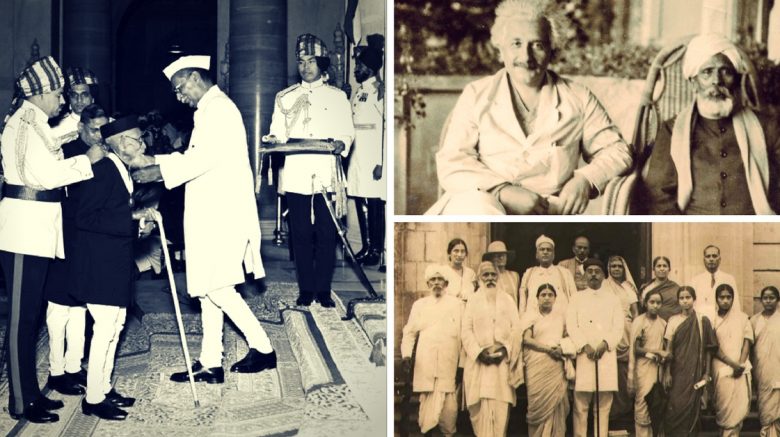In one of the bustling streets of Mumbai’s Khetwadi area, a heritage building has been serving as a thriving oasis for visual arts programmes that come under Shreemati Nathibai Damodar Thackersey (SNDT) University’s College of Arts. Restored and inaugurated as the SNDT University — Jindal Centre for the Arts in 2015, the art hub (also called SNDT Kayashala) completed two years in August 2017.
The SNDT University, India’s first university for women, itself celebrated its centenary in 2016. However, few Indians know about the pioneering leader who established this historic institution in an era where little attention was paid to women’s education.
Here’s the story of Dhondho Keshav Karve, dedicated social reformer, avid educationist and one of the earliest crusaders of women’s rights in India.
Born on April 18, 1858 in Murud (in Maharashtra’s Ratnagiri district), Karve spent the most of his early childhood in the village of his birth. His father, Keshab Bappunna Karve, earned a meagre salary as the manager of a small estate.
Having obtained good marks in his matriculation exams, Karve was able to join the prestigious Elphinston College in Bombay, from where he passed his B.A. examination in 1884. Since maths was his favourite subject, after graduation, he started his career as the Professor of Mathematics in Ferguson College in Poona (now Pune).
This was the time when India’s social system was witnessing a revolutionary change, with inspiring people like Raja Ram Mohan Roy, Iswar Chandra Vidyasagar, Vishnu Shashtri Chiplunkar, Pandita Ramabai and Jyotirao Phule initiating path-breaking reforms for the upliftment of women. An integral issue addressed by their strong voices was the need for women’s education.
Deeply influenced by the reform movements and the people leading them, Karve decided to work towards educating and uplifting the status of women in the country, especially widows.
Karve’s outlook as a social worker had also been shaped by his childhood experiences. His first wife Radhabai (they had been married when Karve was just 14) had passed away in 1891 due to childbirth complications.
In 1893, Karve established the Widow Re-marriage Association in 1893. The same year, he set an example by marrying Godubai, a widow who had lost her husband at the age of 8. He also began speaking out against regressive practices such as untouchability.
In those days, widows had to tonsure their heads, wear a simple white sari and live a life of austerity. Doing anything outside these strict boundaries made them and the people who supported them easy targets of abuse.
However, despite being ostracized by the society, Karve didn’t stop raising his voice against this unjust discrimination. In 1895, he established the Hindu Widows Home Association, a welfare institution that helped widows support themselves.
A year later, he set up India’s first school for widows at Hingane village (near Poona). Karve’s widowed sister-in-law, Parvatibai Athavale, was the first student to join this school. This was followed by a Mahila Vidyalaya, a residential school for girls that trained them for jobs. He even developed a parallel matriculation course for girls.

